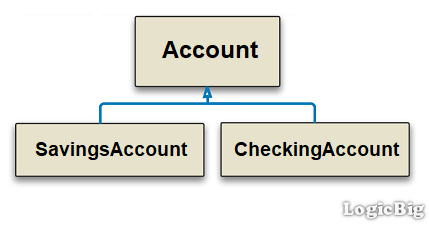What are sealed classes in Java 15?
Sealed classes in Java 15 is a programming feature (preview) which allows a class or interface to control what classes can implement or extend it.
How it is done?
By using new keyword sealed and permits on the class.
Example
Consider following hierarchy:

public sealed class Account permits SavingsAccount, CheckingAccount {
}
public final class SavingsAccount extends Account {
}
public final class CheckingAccount extends Account{
}
A class which is not permitted by Account class will end up in compilation error if it tries to extend it:
public class VirtualAccount extends Account{
}
VirtualAccount.java:3:8 error: class is not allowed to extend sealed class: Account
final classes vs sealed classes
The classes declared as final can be considered another form of sealing which restricts all classes to be extend the target class.
Sealed classes can be considered more flexible form of final classes which provide a more declarative way than access modifiers to restrict the use of a superclass.
Constraints on Permitted Subclasses
Permitted subclasses (SavingsAccount and CheckingAccount in above example) must have exactly one of the following modifiers to describe how it continues the sealing initiated by its superclass:
- final: Cannot be extended further (in above example both permitted subclasses use final modifier).
- sealed: Can only be extended by its permitted subclasses. That way we can further restrict subclassing.
- non-sealed: Can be extended by unknown subclasses; a sealed class cannot prevent its permitted subclasses from doing this.
Other than above restrictions, the permitted classes must be in the same module as the sealed class (if the sealed class is in a named module) or in the same package (if the sealed class is in the unnamed module, as in the Account.java example). See tutorials on module here
Why do we need it?
In Java, a class hierarchy allows us to reuse of code via inheritance. However, the purpose of a class hierarchy is not always to reuse code. Sometimes, its purpose is to model the various possibilities that exist in a domain, such as the kinds of Accounts supported by a financial application (as shown in above example). When the class hierarchy is used in this way, the intended model of restricting subclass can be achieved via sealed/permits keywords.
|